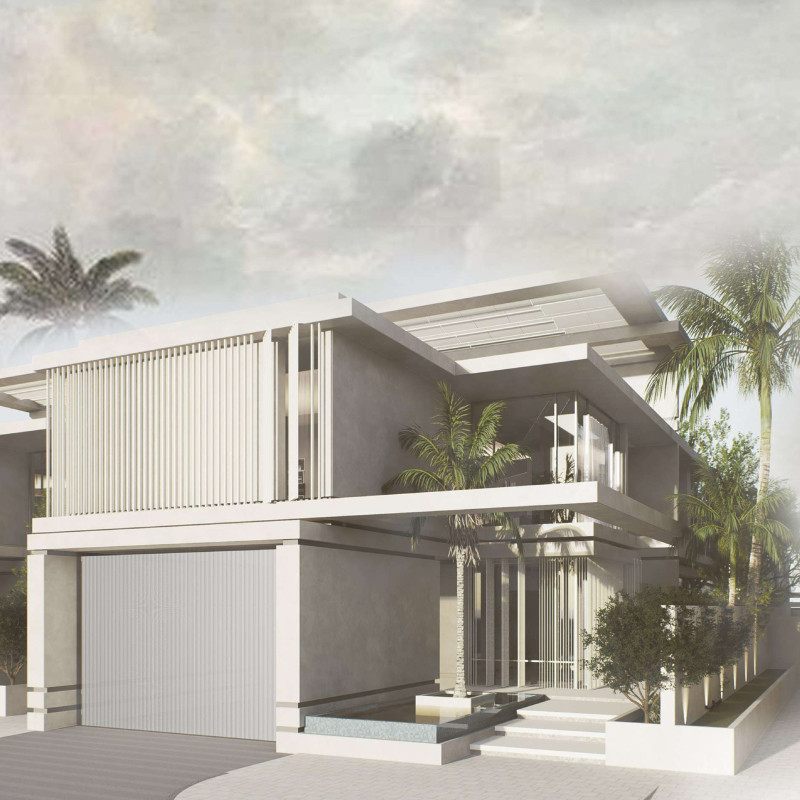5 key facts about this project
The primary function of the project is to serve as a community hub, designed to foster social interaction and engagement. This space is envisioned as a place where individuals can gather for recreational activities, cultural events, and educational opportunities. The layout strategically promotes versatility, providing flexible spaces that can accommodate a wide range of activities. From open communal areas to more intimate settings, the design caters to various needs and preferences within the community, reflecting an understanding of its diverse user base.
A central aspect of the project is its thoughtful integration of natural light and ventilation. Large windows and strategically placed openings ensure that the interior spaces are bathed in natural light, enhancing the overall atmosphere and promoting a connection to the outdoor environment. This design approach not only elevates the aesthetic experience but also contributes to energy efficiency, aligning with contemporary sustainability practices.
The materiality of the project further emphasizes its architectural intent. The selection of materials ranges from locally sourced stone to modern composites, each chosen for its durability, sustainability, and visual appeal. The exterior showcases a combination of textured stone and sleek metal panels, creating a dialogue between natural and industrial elements. This choice reflects a conscious effort to root the design in the local context while embracing modern architectural trends.
Details such as the roof's innovative shape serve both functional and symbolic purposes. The design features a dynamic profile, reminiscent of the rolling landscapes that surround the site. This approach not only improves the building’s performance in terms of rainwater management but also creates an inviting silhouette that harmonizes with the natural topography. Landscaping plays a pivotal role as well, with native plants incorporated into the design to further integrate the structure within its environment.
The unique design approach is evident in the use of modular elements, which allow for a high degree of flexibility in the layout and functionality of spaces. These modular components can be adapted or reconfigured as needed, reflecting a modern understanding of community dynamics and the need for adaptable environments. This foresight in design ensures the project will remain relevant and functional for years to come.
Moreover, the incorporation of artwork and cultural motifs into the building's structure adds an additional layer of significance. This thoughtful integration of local culture is intended to instill a sense of pride and ownership within the community, making the site not just a physical space but a cultural landmark. The energizing aesthetics of these elements contribute to a vibrant atmosphere that encourages creativity and collaboration among users.
As a comprehensive architectural project, it represents a significant commitment to sustainable practices and community well-being. The careful balance of form, function, and environmental consciousness underscores the project's relevance in today's architectural discourse. The attention to detail and the innovative use of materials establish a strong connection to place, making it a notable addition to the architectural landscape.
For those interested in delving deeper into the intricacies of this project, including its architectural plans, sections, and design concepts, exploring the full presentation will provide valuable insights into the thoughtful processes that shaped this remarkable endeavor. Engaging with these details can enhance one's understanding of contemporary architectural practices and the importance of community-focused design principles.


 Lara Serhal
Lara Serhal 























